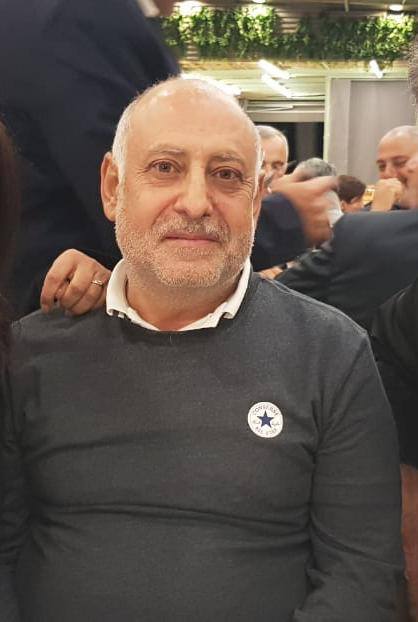Rebuilding Beirut… and Lebanon! -By: Eng. Paul Nassif Accari
Article by: Eng. Paul Nassif Accari
In the aftermath of the Beirut mass extermination act, allegedly a crime against humanity, several issues emerged to the surface. The most urgent is how to reconstruct and rebuild what was destroyed in an effective, transparent, fast, and well-coordinated process/system. People are desperate to return to their homes. The majority of them are either poor or turning into a new-poor-social-class. Due to the prevailing economic, financial, and social conditions they are unable to undertake the rebuilding process by their own means.
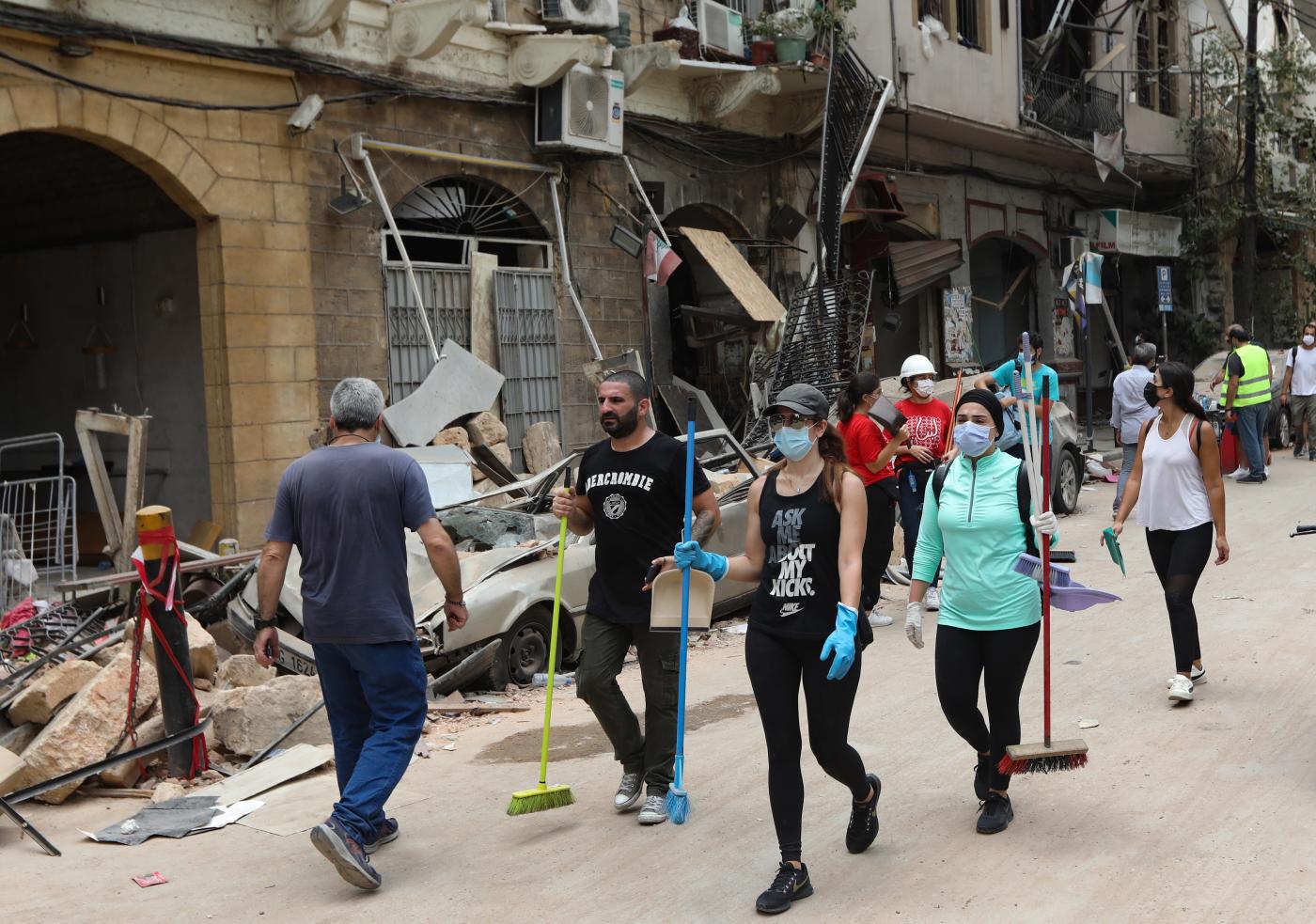
Until the predators are judicially condemned (individuals, institutions, or state/s) and legally made liable to the victims, financing shall be made available through Arabs, international community, and institutional donors. The Lebanese state and its institutions are broke, unreliable, corrupt, and inefficient players. They are to be forbidden to participate in any national activities involving any monies, purchases, and contracting.
The reconstruction process should be tackled as a real-world project. It should be a unique project (UP) taking the opportunity to move the country to the next level free of corruption and loaded with efficiency. A project management team (PMT) shall be appointed under the joint leadership of the Lebanese and French Armies’ Corps of Engineers (LFACE). Success depends on efficient leadership coupled with technical acumen using the best practices of (PM) delivering at optimal cost.
To this end, a fund named Beirut Mass Extermination Reconstruction Fund (BEMERF) shall be created in which all monies from donors and the like are transferred. Its mission is to manage in a transparent and efficient manner the reconstruction process. Its control shall be defined at a later stage.
The UP, excluding the port of Beirut, must be divided into five sub-projects: Residential, Commercial, Heritage Preservation, Institutional (hospitals, schools…) and Infrastructure.
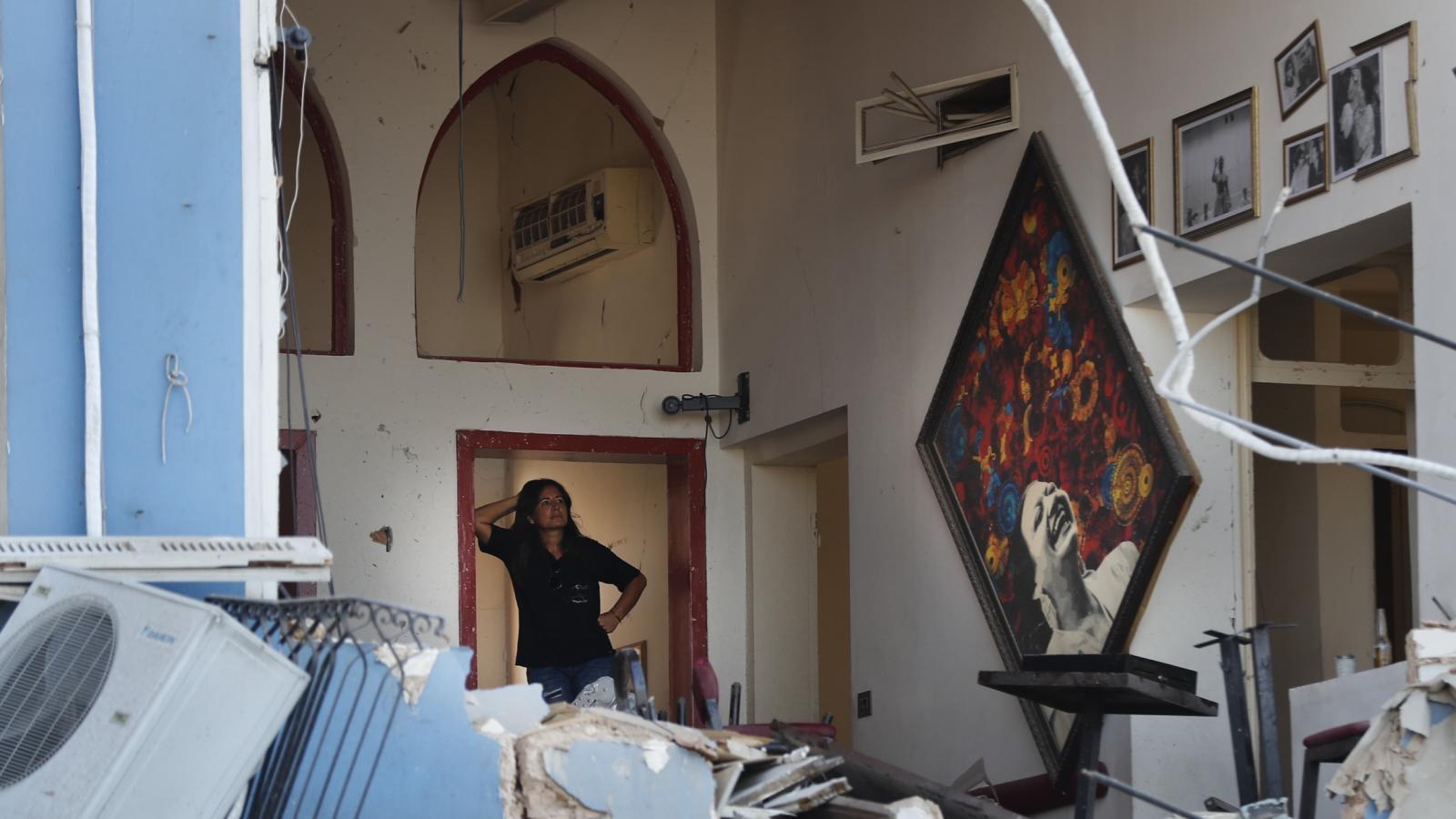
As a starting point a full and comprehensive Damage Assessment Program (DAP) shall be conducted under LFACE using their own resources with the help of engineering students. Data capture shall be integrated in GIS-based programs to enable better execution and control at subsequent stages and to define a realistic budget.
Institutional entities shall be reconstructed by generous donor(s), matching one sector or all, and under his/their full control but with proper coordination with the PMT. The Infrastructure part will be handled by (LFACE) using state’s logistics and workmanship, if needed, and to be fully coordinated also with the PMT.
The Heritage preservation program shall be under the supervision of the Lebanese University department of restoration of Tripoli, the good guys at the ministry of culture and the French ministry of culture with the support of UNESCO. A team of artisans from all over Lebanon should be formed and trained according to the French norms and best practices by seasoned experts. This formation will boost their experience and know-how to be used in future projects in their regions. Wherever possible, underground parking lots covered by green and public spaces should be integrated.
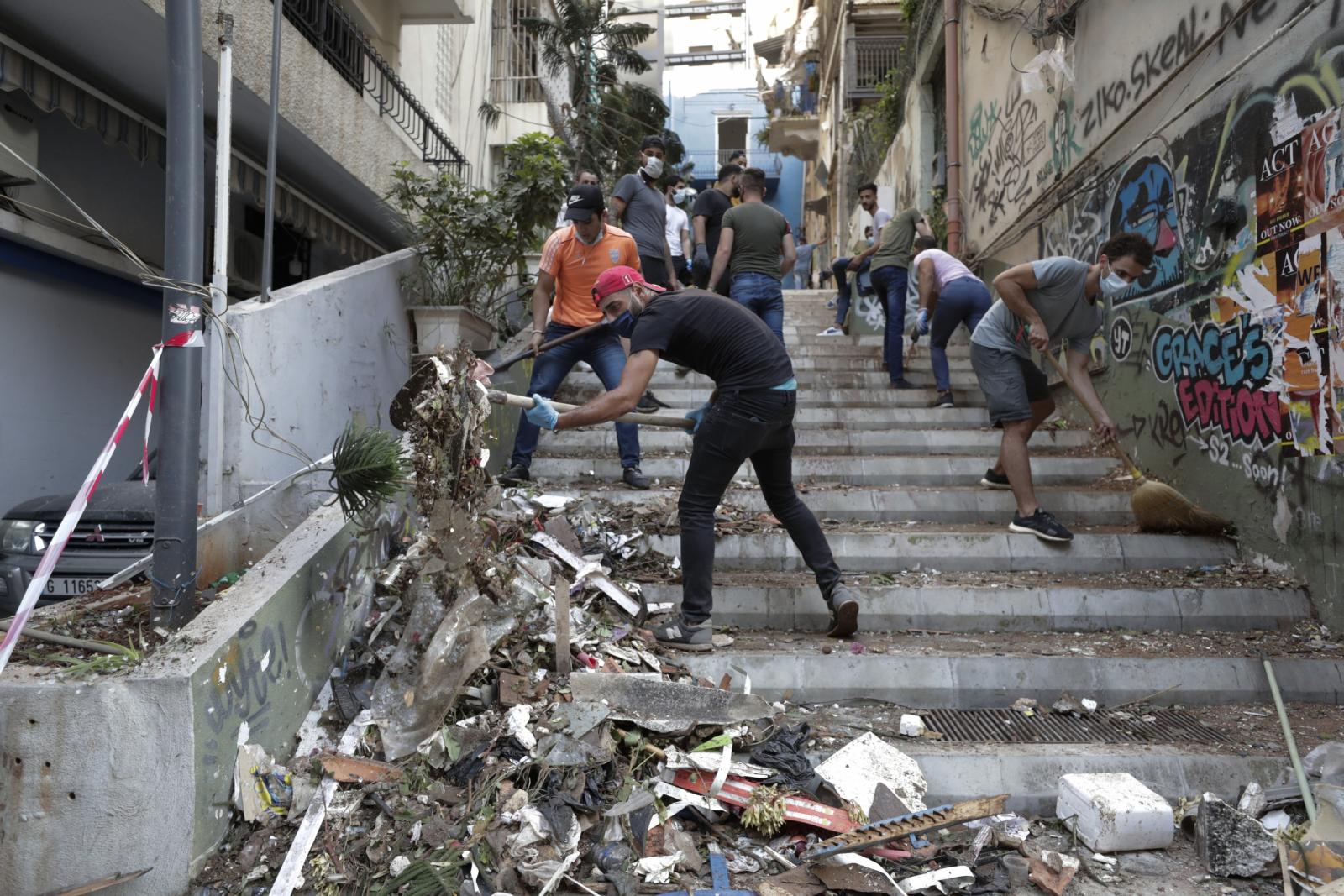
Geographical locations, logistics, and other factors shall determine the structure of the remaining sub-projects. The UP should be divided into zones and each one into sections. The number of sections should not be less than 25 which is the number of Qada’ (CAZA) in Lebanon.
The intuition behind it is to make each Qada’ responsible for the construction of a corresponding section bringing its artisans, workmanship and SMEs to the process. This will allow fair redistribution of wealth regionally within the national economy. Concomitantly, this will help boosting employment level and fighting poverty. Moreover, it will enhance national solidarity and bonding between the Qada’ and the inhabitants of the Capital and creating a new positive mind-set across the country.
Each section shall be managed by either a donor or an efficient NGO under the full control and coordination of the PMT and its leadership. The donor shall bring and transfer expertise and best practices to the locals. Long-lead-items such as elevators, A/Cs systems, replacement of damaged equipments and other items that are to be imported shall be provided directly by the donors.
A recycling facility shall be constructed immediately where all debris and scraps are to be processed. Some materials can be reused and the others to be sold on the market. Monies generated by this activity will be transferred to BEMERF.
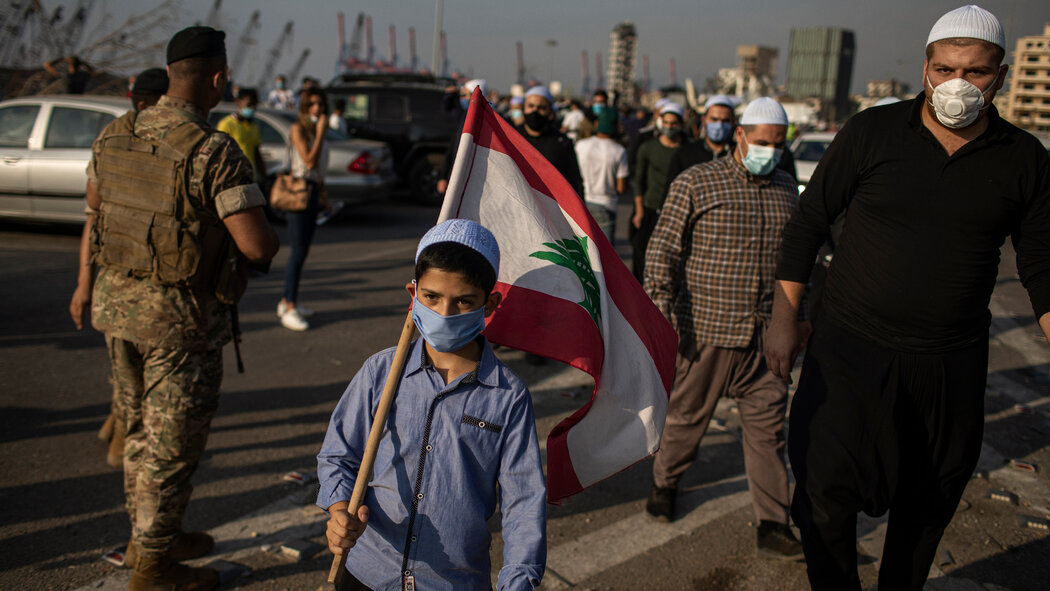
The whole process shall be supervised by third parties involving renowned PM, QS, and cost control companies appointed by the World Bank (WB) or similar institutions.
If the whole processed proved successful, the philosophy can be extended to the reconstruction of Lebanon. Any country willing to help Lebanon, and depending on the amount to be invested, will undertake under its responsibility and management the reconstruction of a Qada’ in terms of investment and infrastructure projects. Big donors will undertake bigger projects. Each donor will bear the responsibility of transferring knowledge and implementing international norms through training and development of the locals. The project shall be managed by a national board to be defined by the WB.
Finally, the reconstruction of the port shall be treated as a capital project with proper financing through international funds providers. Monies are to be paid back from operational actives. To succeed, the control of the port shall be put under French government mandate until a full-scale and comprehensive control program is accomplished and when the Lebanese authorities are ready to undertake it free of corruption and inefficiencies.
*Eng. Paul Nassif Accari
